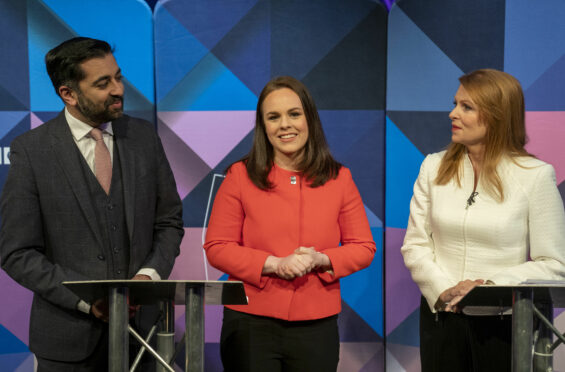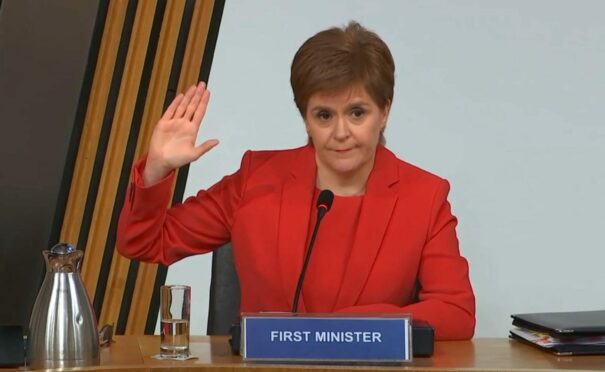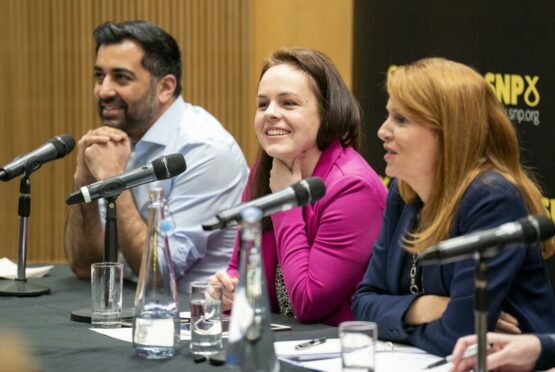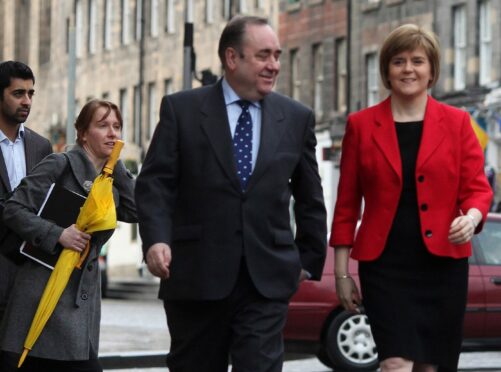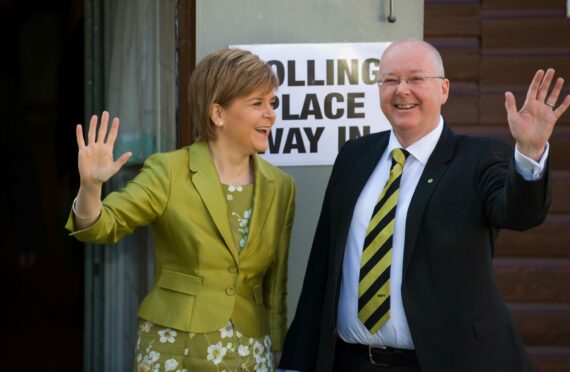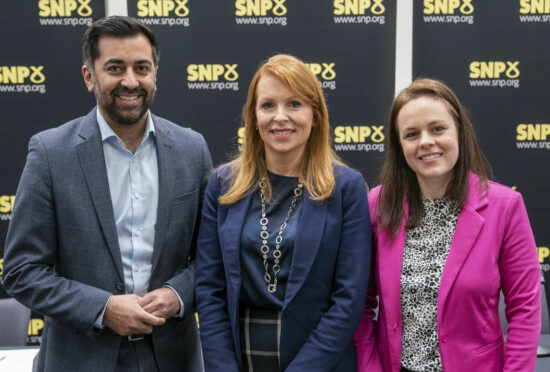
If you look at any other democracy in the world, you will struggle to find a party as dominant as the SNP.
The party has very nearly 50% of the seats in the Scottish Parliament, fought on a proportional representation system specifically designed to prevent that level of dominance. It has 48 out of 59 seats – more than 80% – at Westminster.
It remains dominant according to current opinion polling. It is expected to win the votes of four in 10 of us at next year’s General Election, and of even more than that at the 2026 election to the Scottish Parliament.
And, yet, the feeling that the SNP is face-down in the mud spreads like wildfire, with a decline in the SNP’s reputation felt in many quarters. The business community. The third sector. And, too, the amorphous “people in the street”, most visibly during the debate on gender recognition reform.
The truth is that this is what happens when political parties achieve such dominance against impotent opposition. It is simply a matter of human nature that entitlement and a degree of arrogance creeps in when nobody is marking your homework!
When the new leader is revealed tomorrow, and, if all goes to plan, elected first minister on Tuesday, they face a first 100 days arguably more challenging than any previous inhabitant of Bute House. However, the political problems faced in those first 100 days would be very different for Humza Yousaf than they would for Kate Forbes (presuming polling is correct to label this a two-horse race).
Yousaf has two issues to address immediately. First, he has to prove his statesmanship and competence. This has been questioned, often unfairly, and he needs to prove the doubters wrong with strong performances in parliament and in the media. This links to his second issue; the need to put his arms around the acute issues which have troubled the administration in the last six months.
Principal amongst these is the gender recognition reform legislation; rather than focusing on the constitutional element to it, Yousaf could show his mettle by navigating a course which simultaneously satisfies the UK Government, the Greens and the majority of the people.
Forbes’ issues would be quite different. Her first 100 days, or at least the first 50, will be dominated by the holding together of her party. She will need to recruit cabinet secretaries, ministers and advisers who are prepared to sign up to an agenda on the economy and public services which are at best uncomfortable, and at worst alien, to many of them. And she will need to do it all while ensuring that her 64 MSPs keep supporting her in parliament.
If she can navigate those issues; she will find a willing audience outside the bubble, in the business community, in the third sector, and amongst those critical “people in the street”.
Yousaf will find his problems outside parliament; Forbes will find hers in the building. Different problems, but problems nonetheless.
Andy Maciver is founder/director of Message Matters and Zero Matters

Enjoy the convenience of having The Sunday Post delivered as a digital ePaper straight to your smartphone, tablet or computer.
Subscribe for only £5.49 a month and enjoy all the benefits of the printed paper as a digital replica.
Subscribe